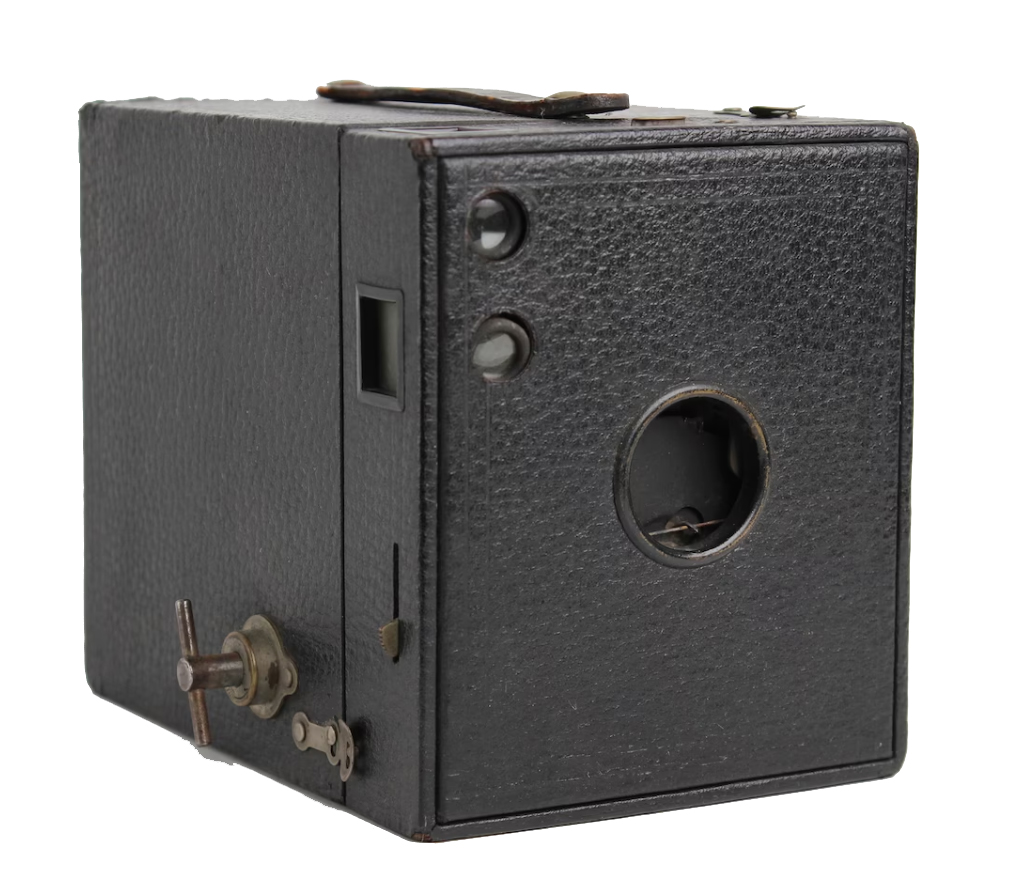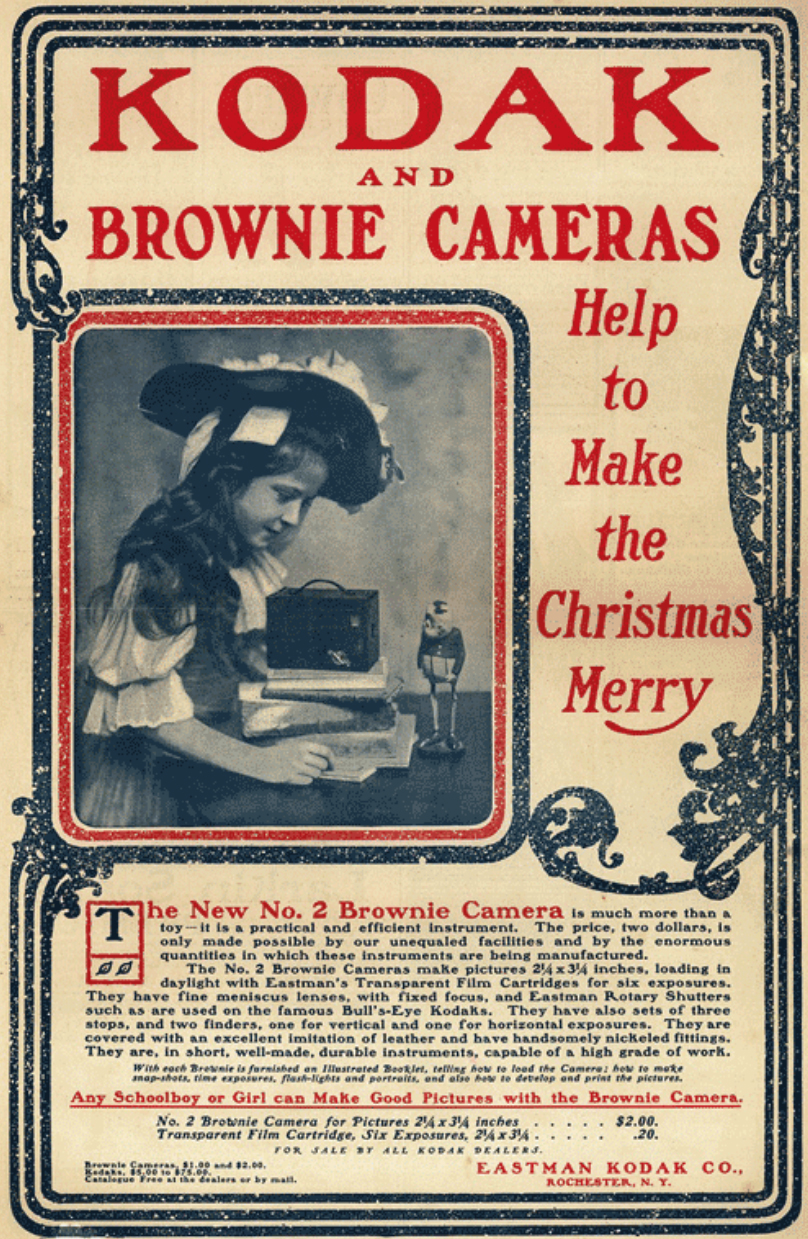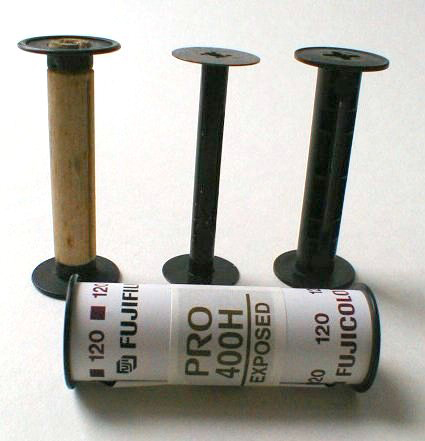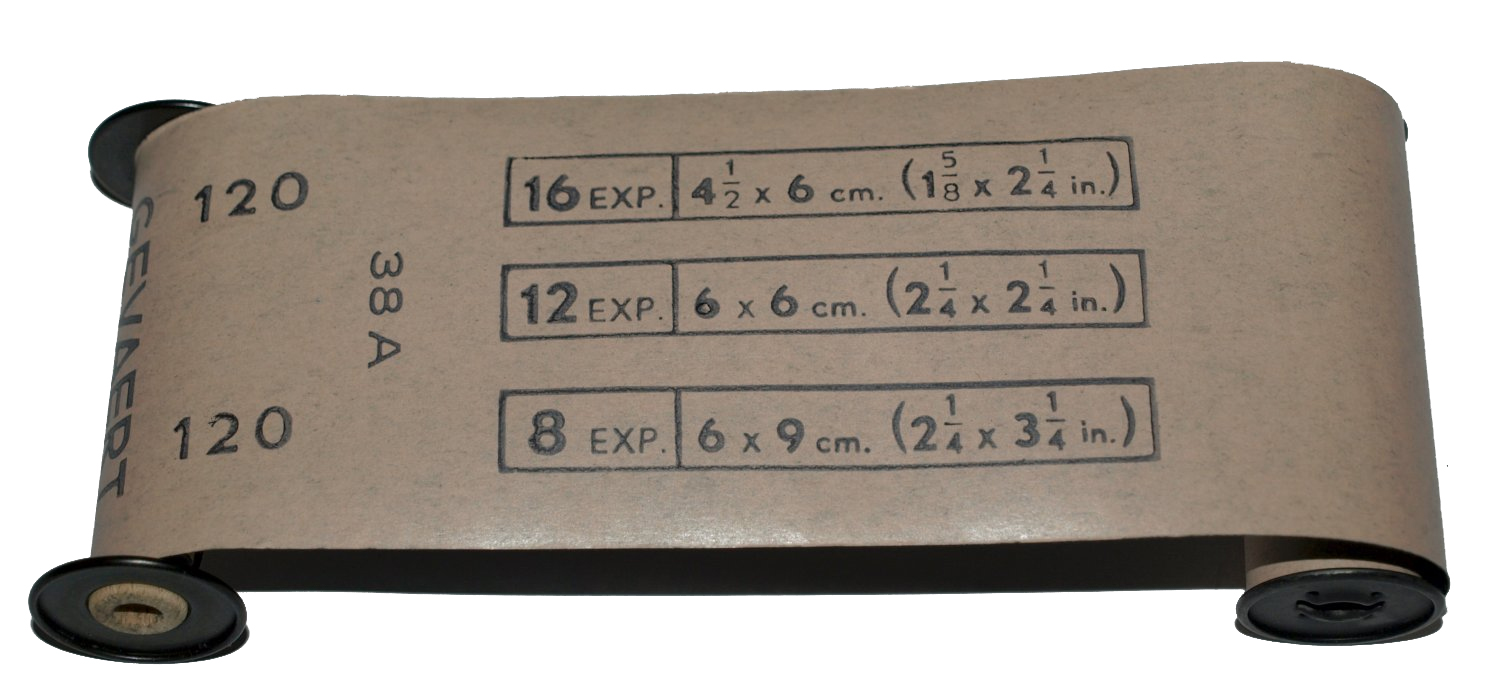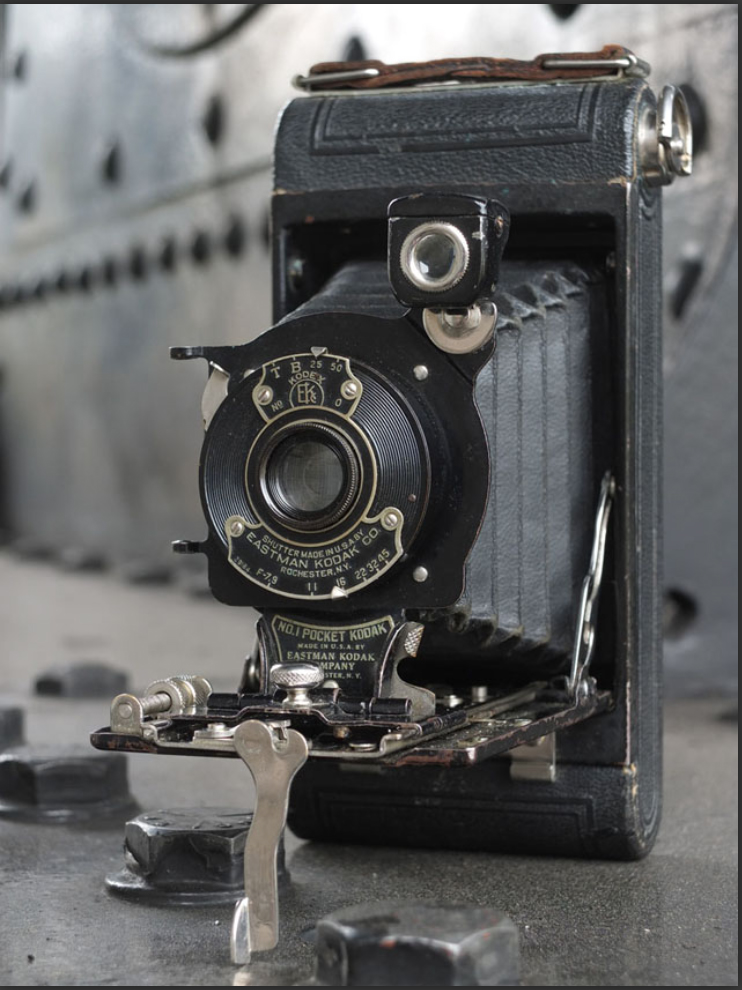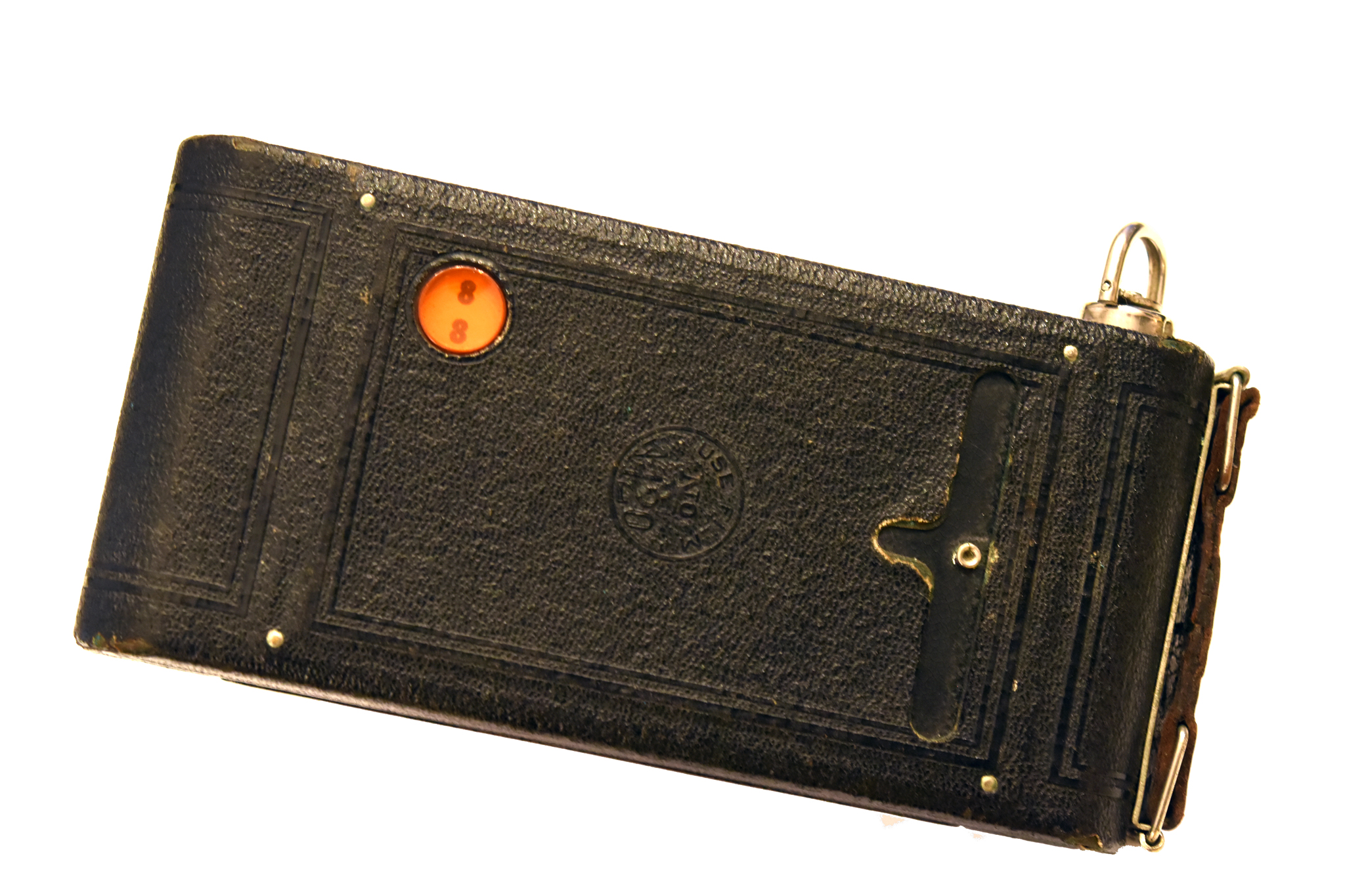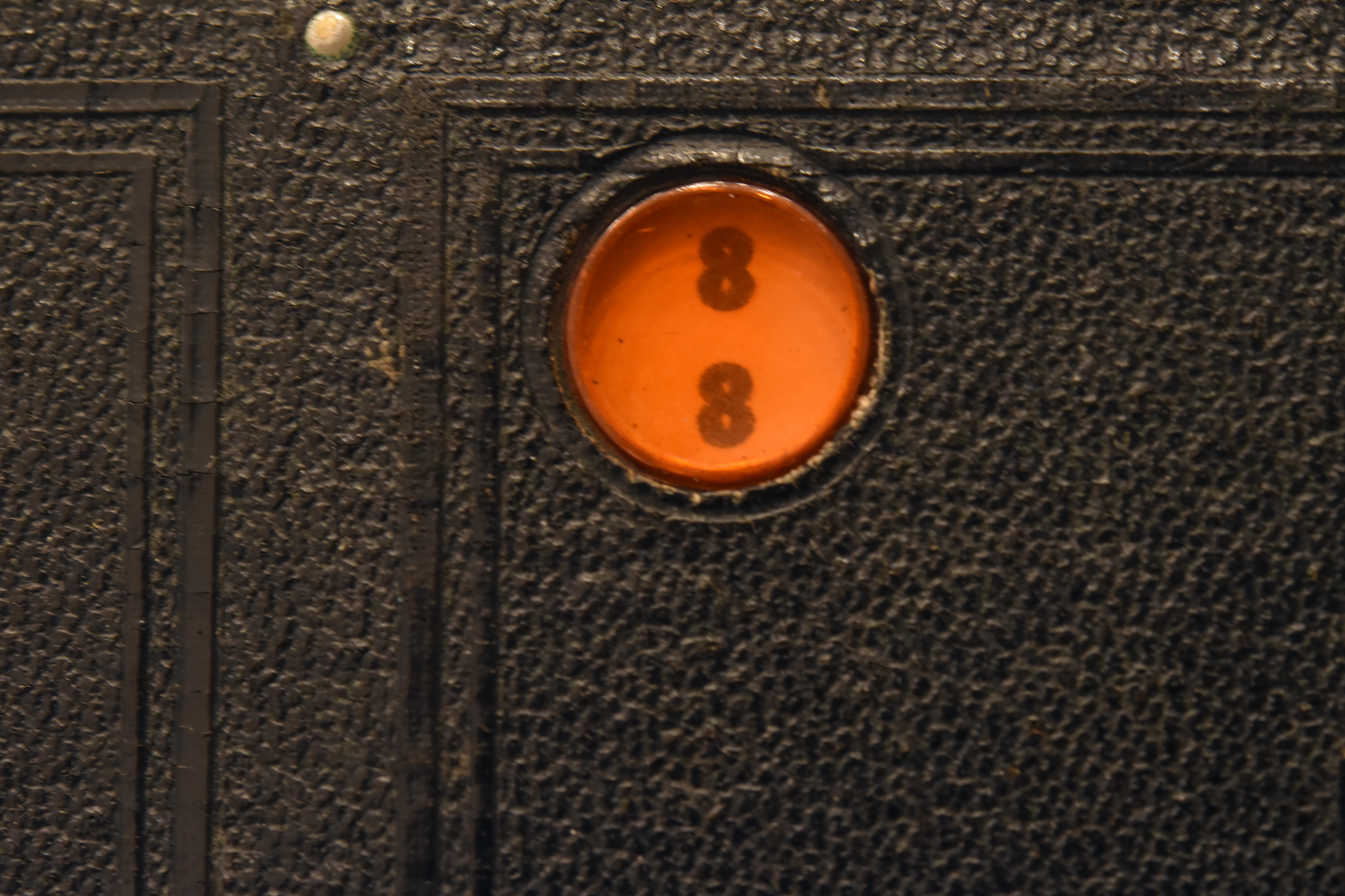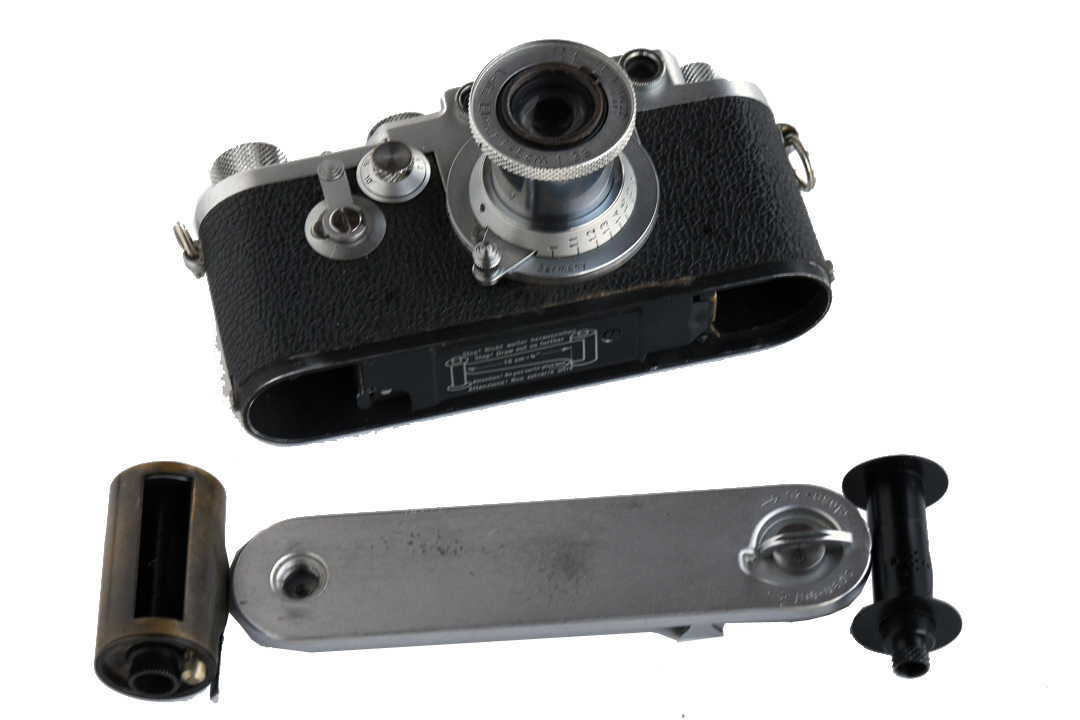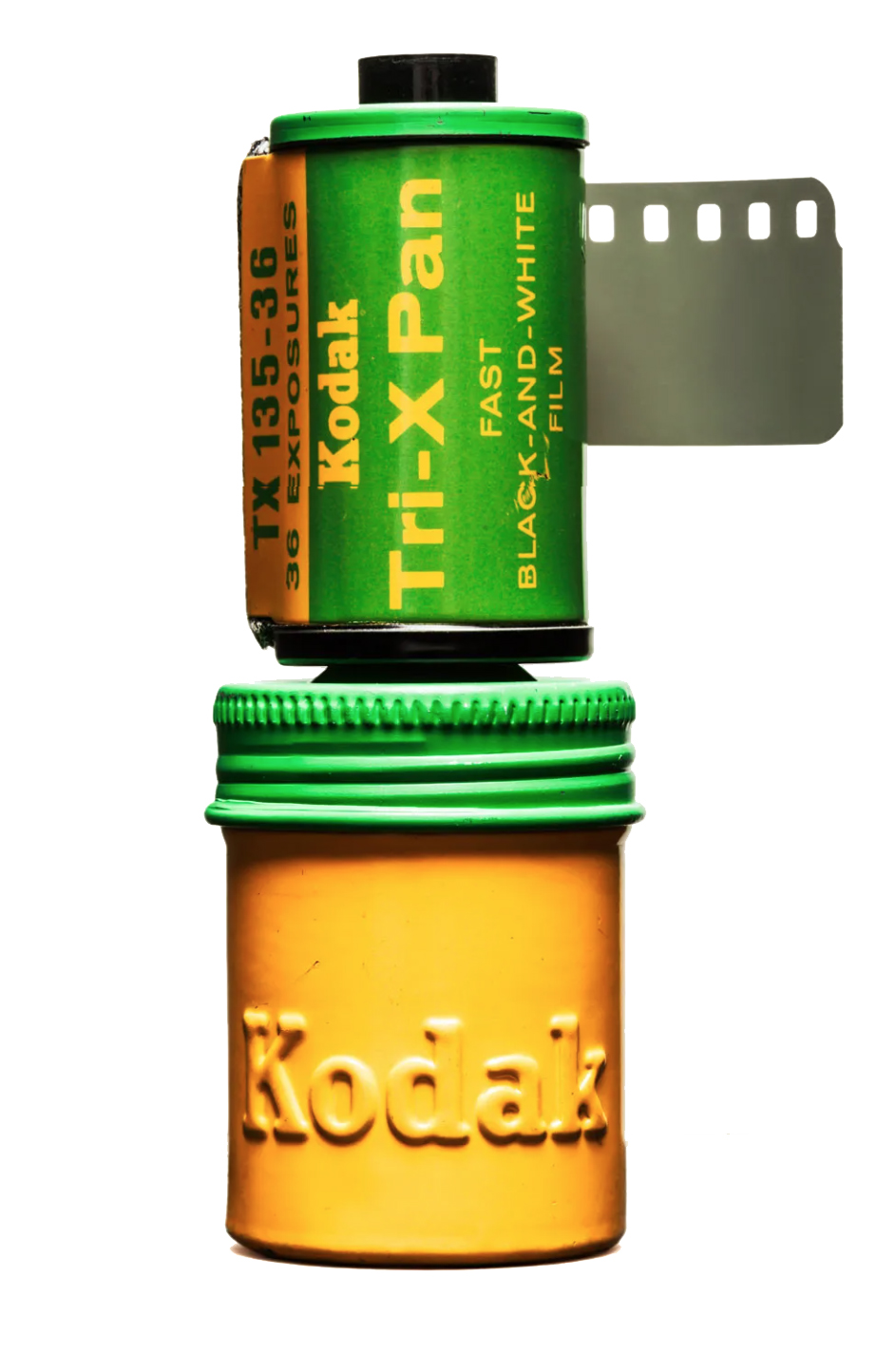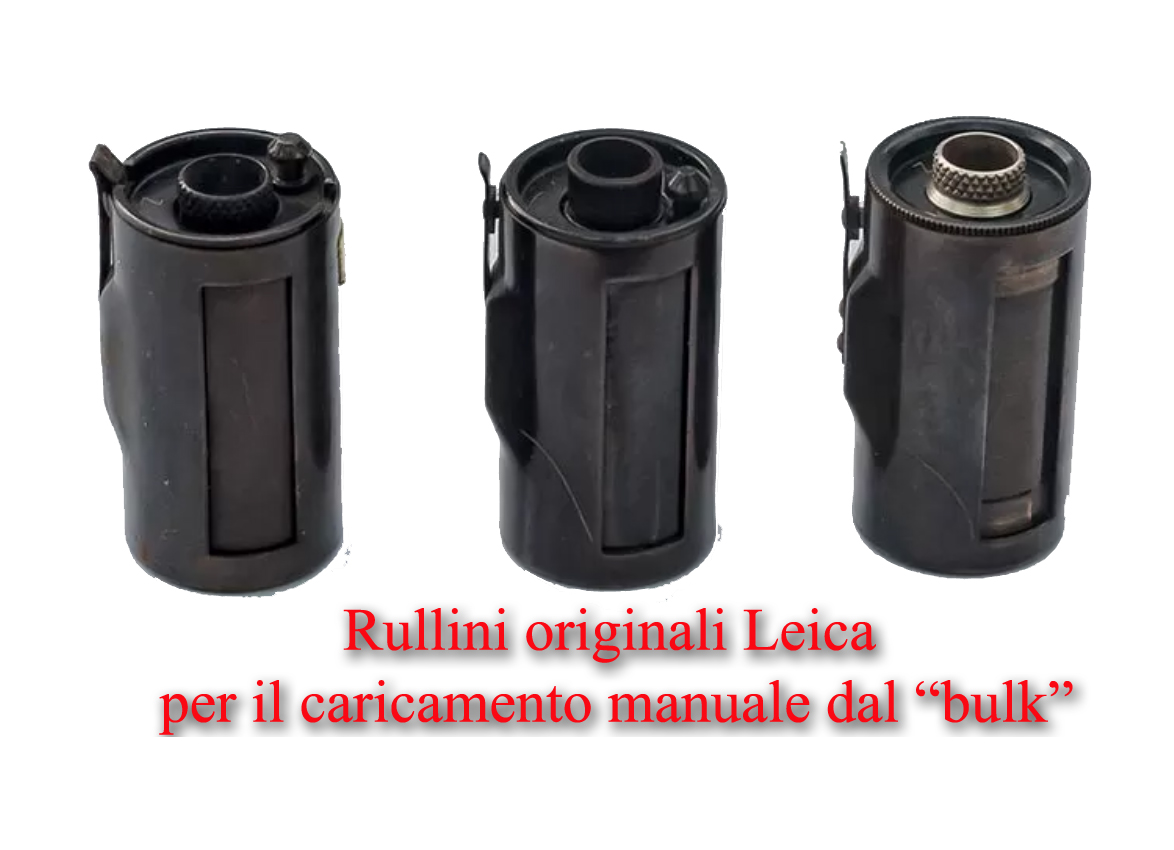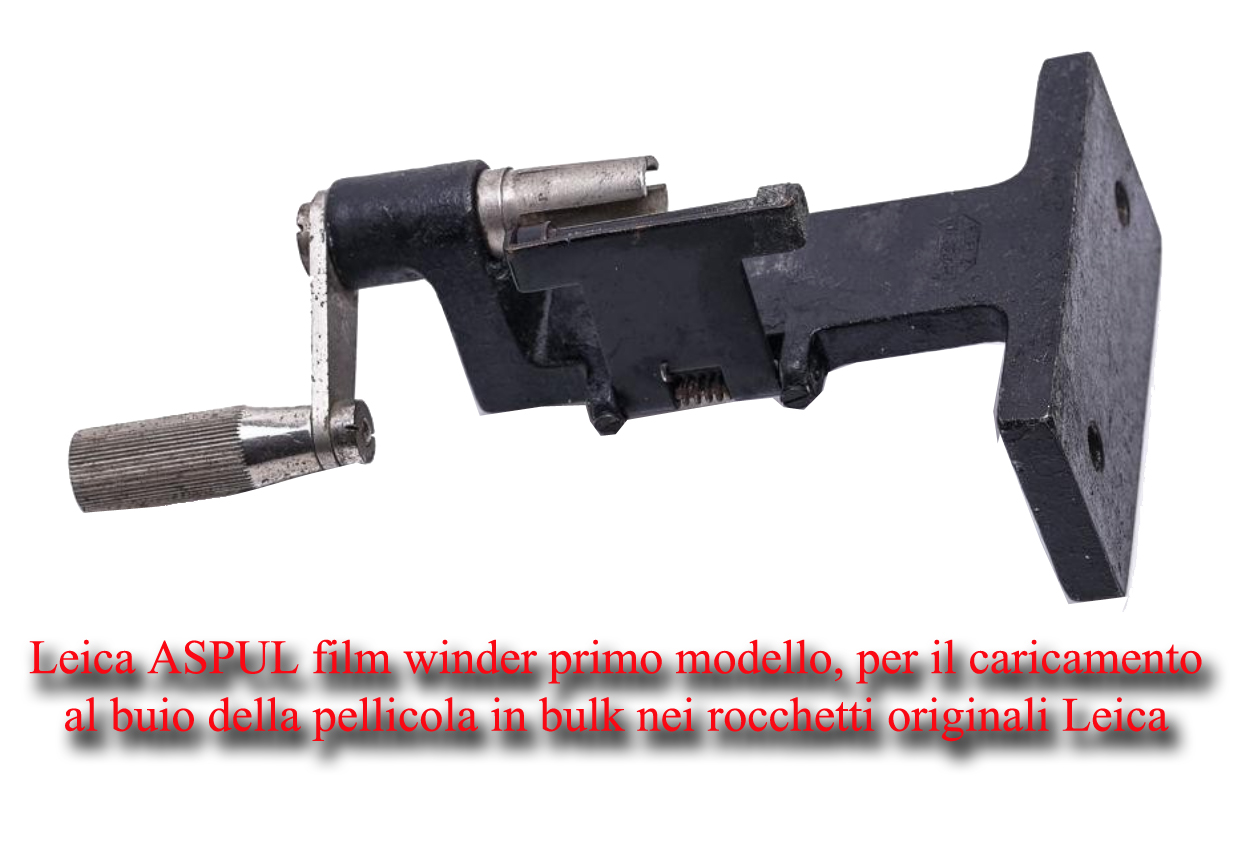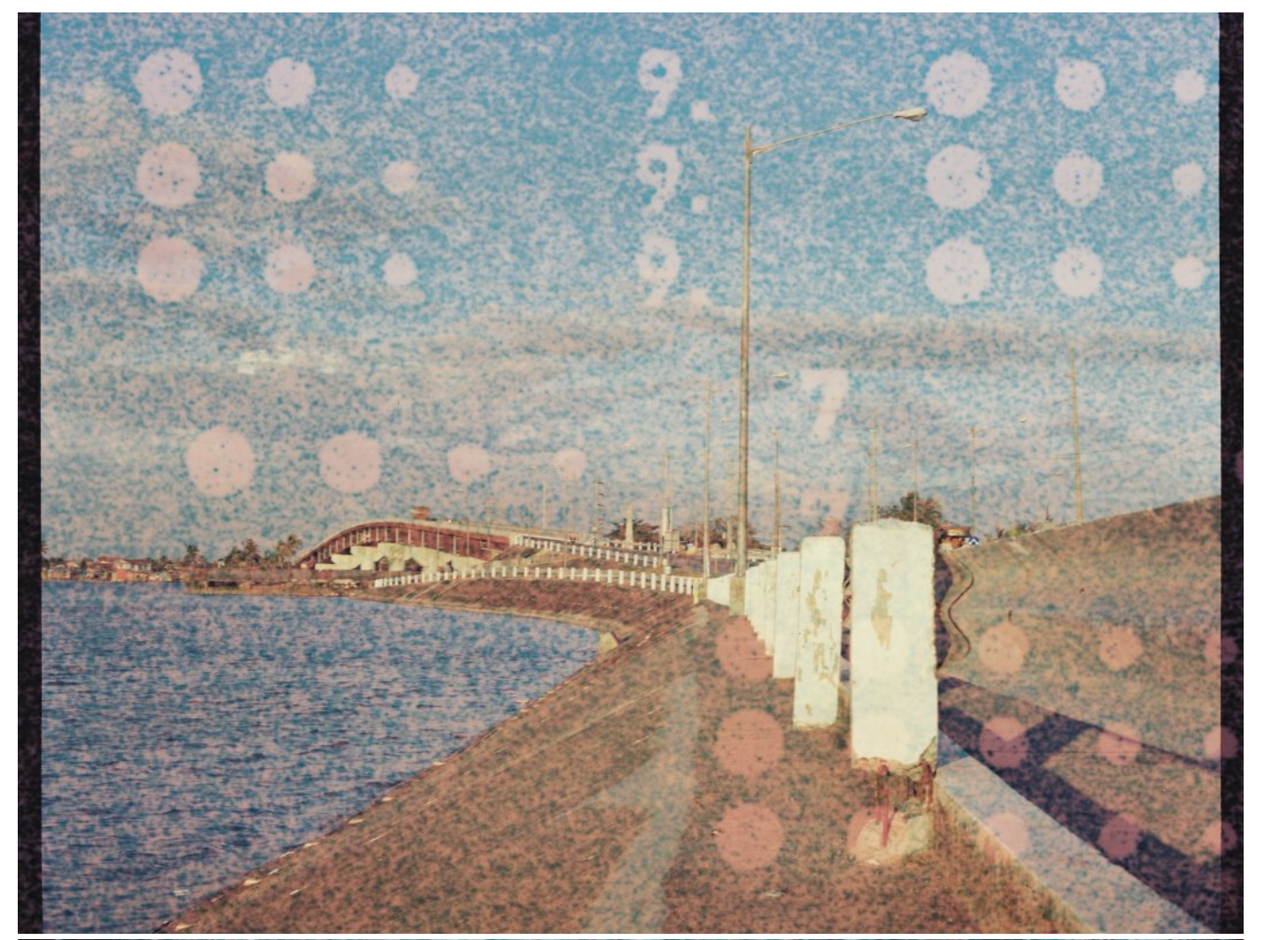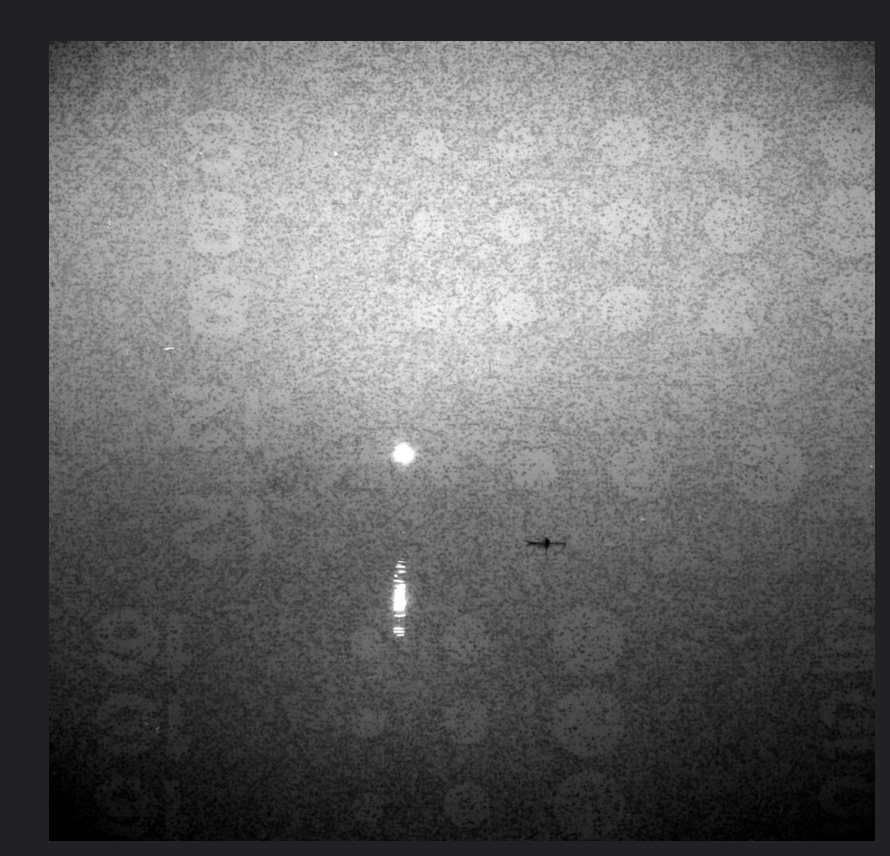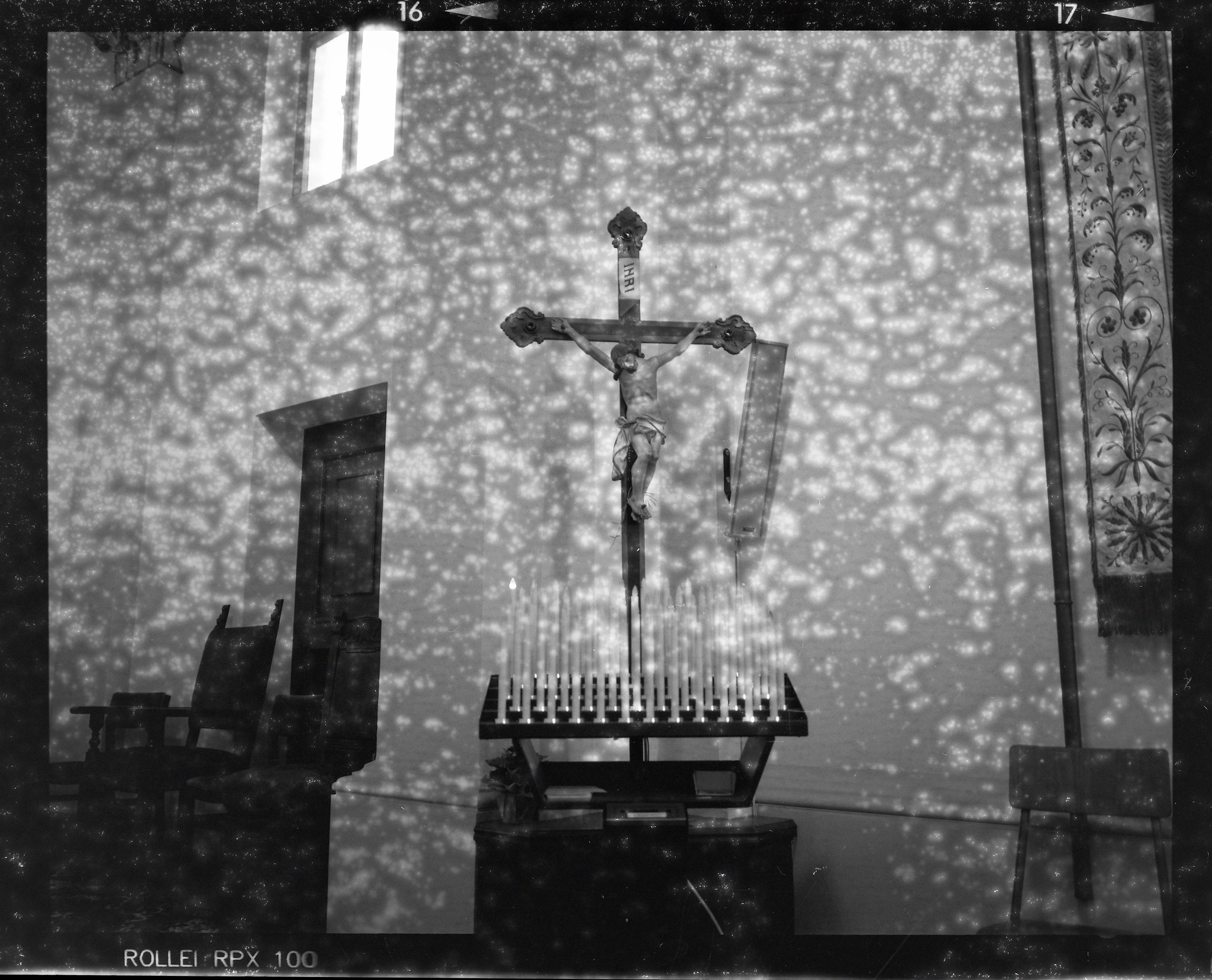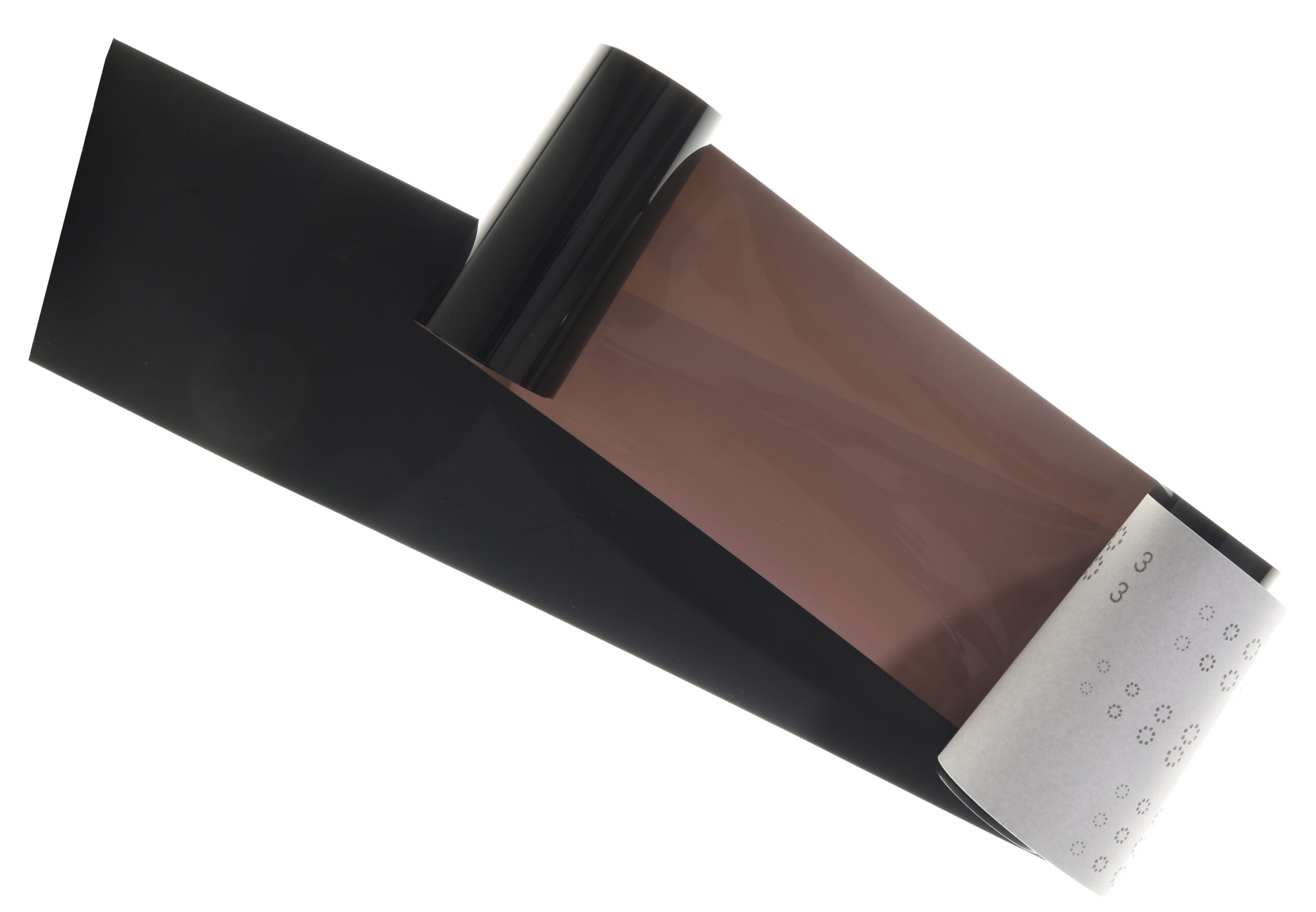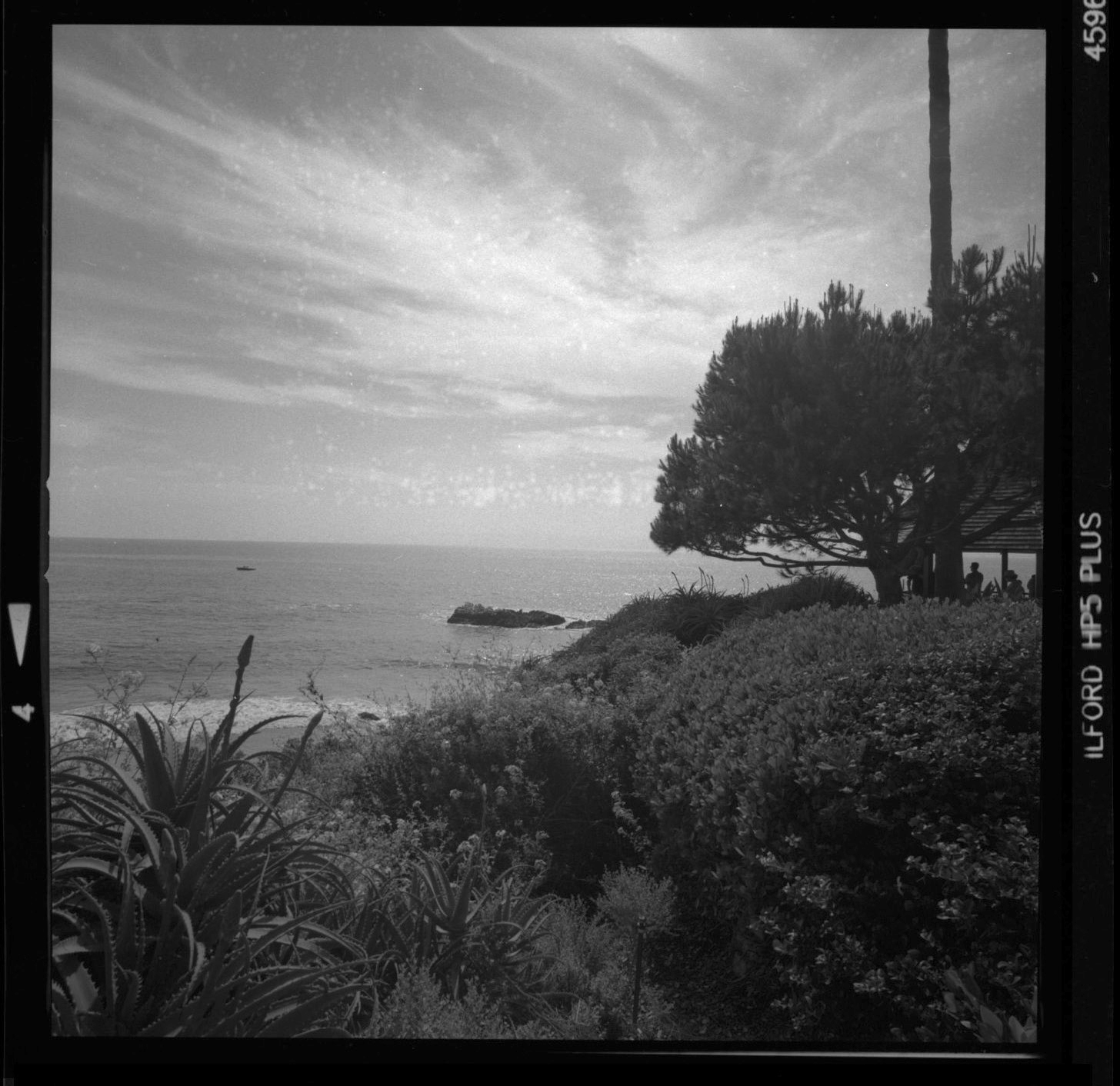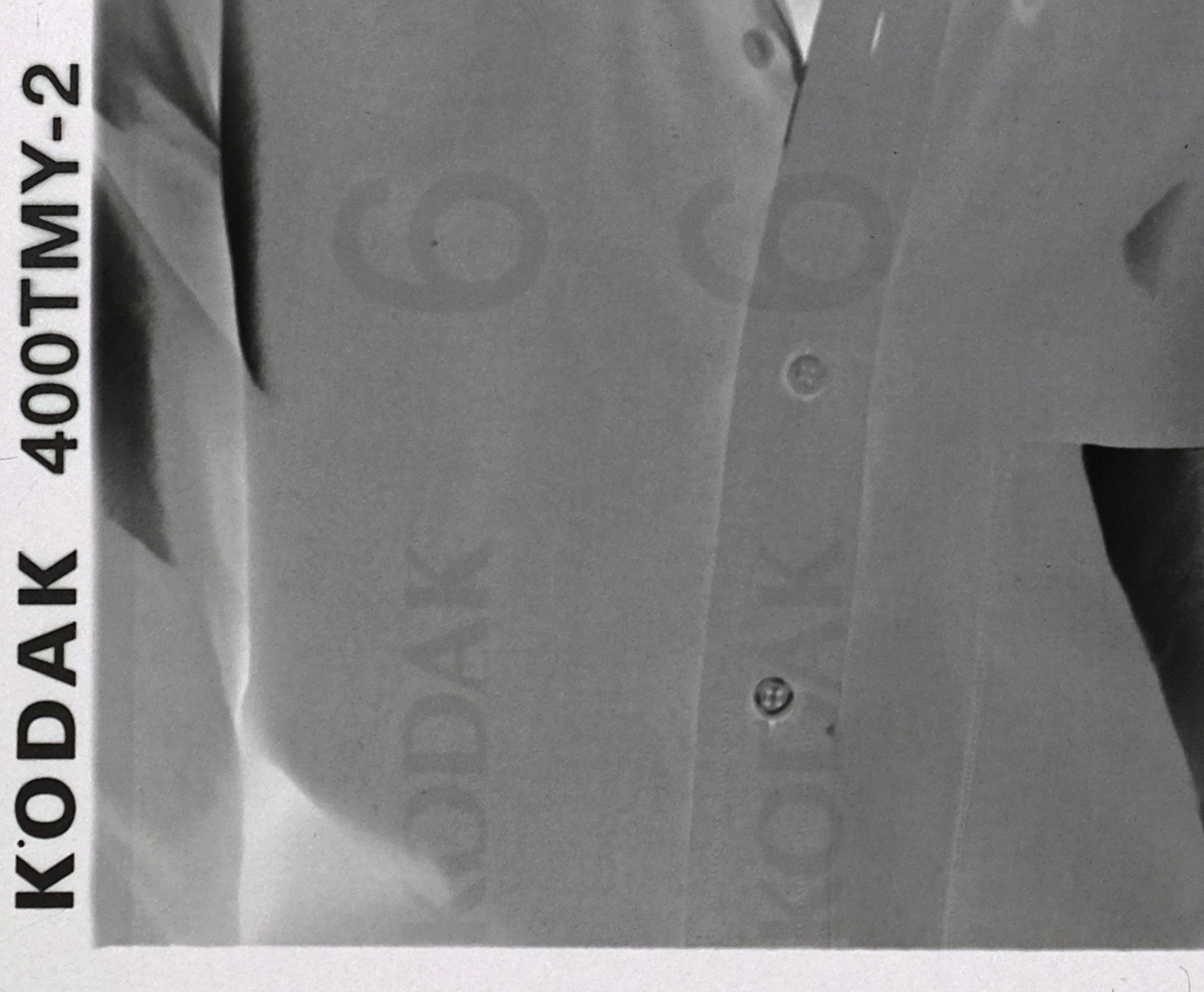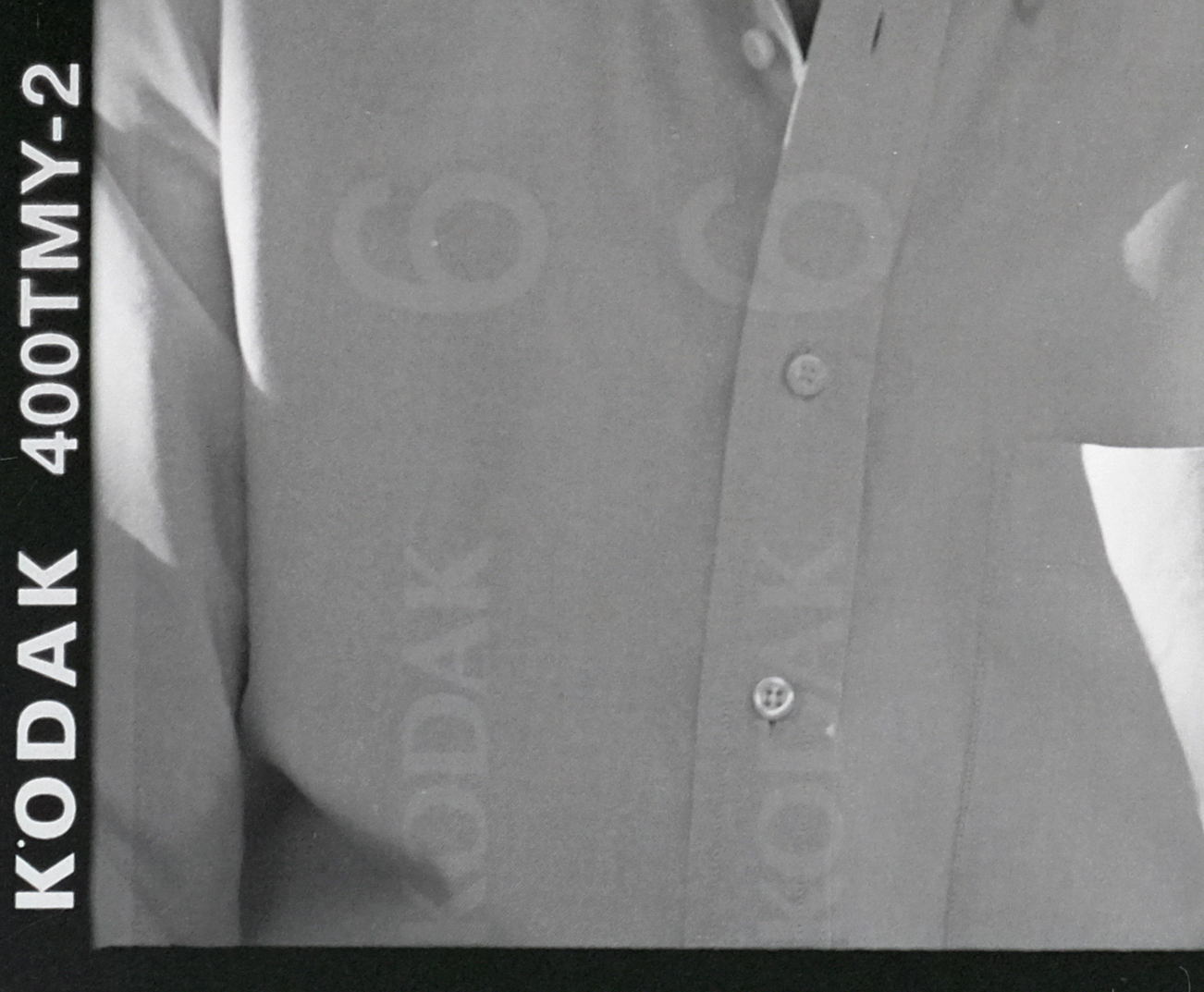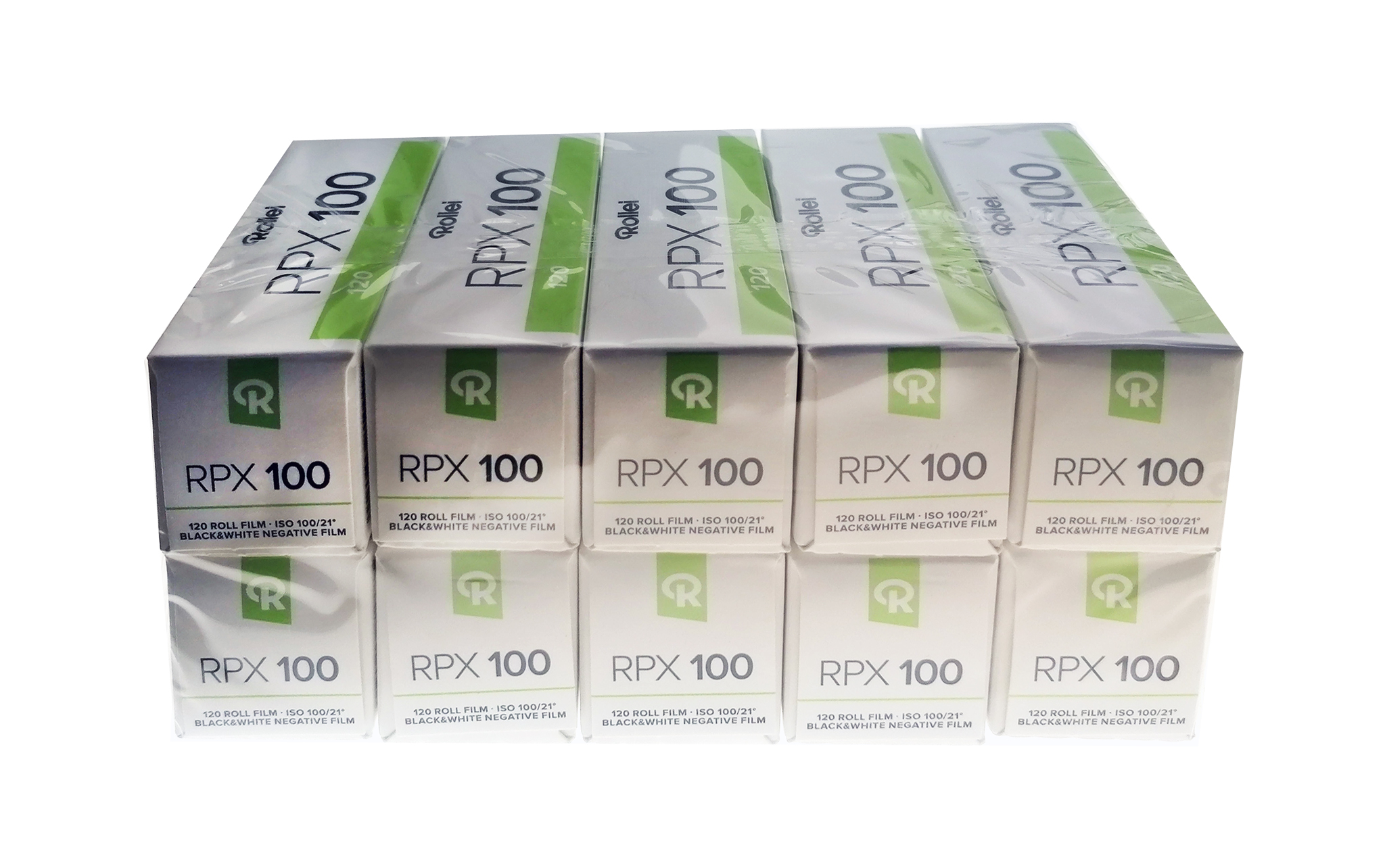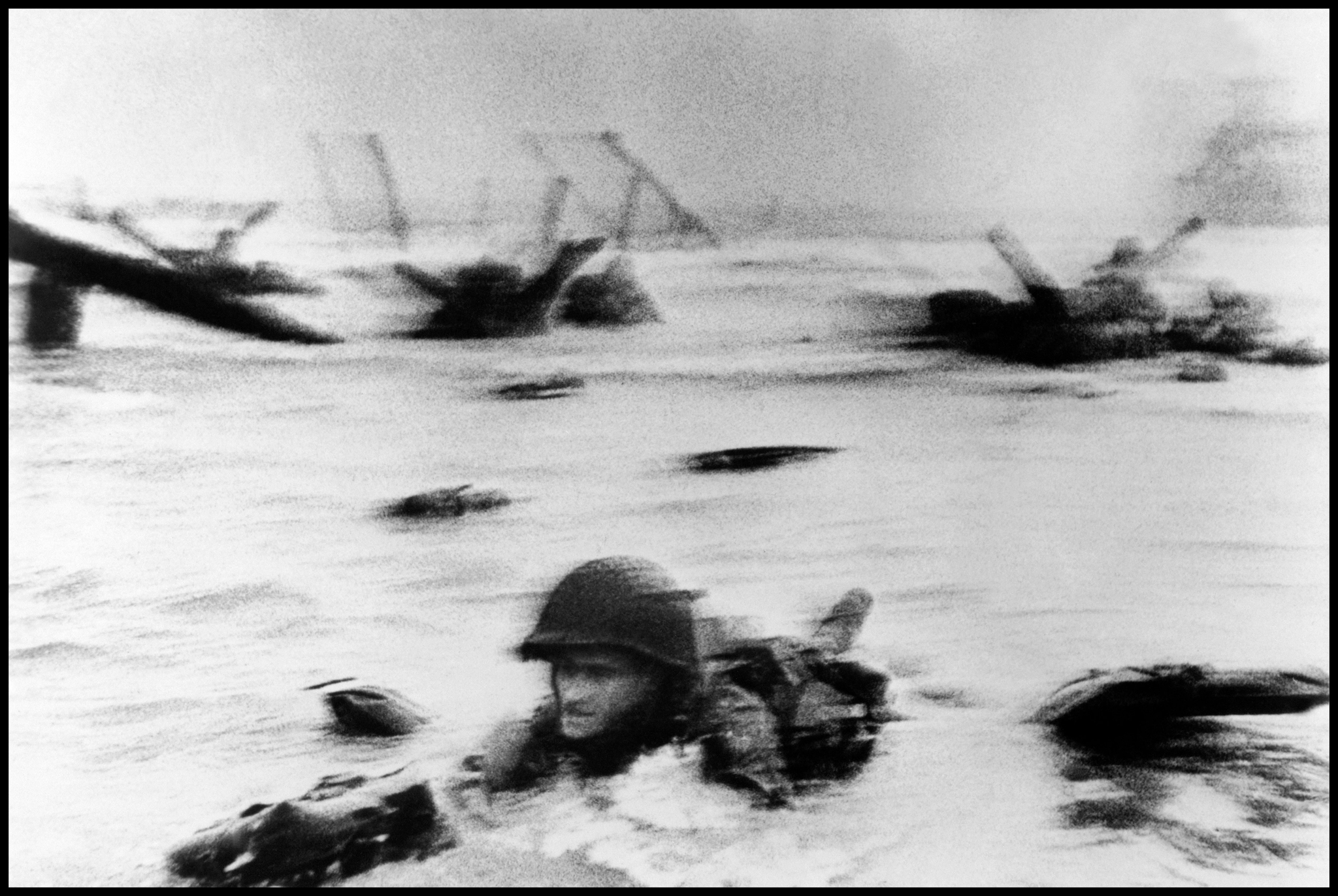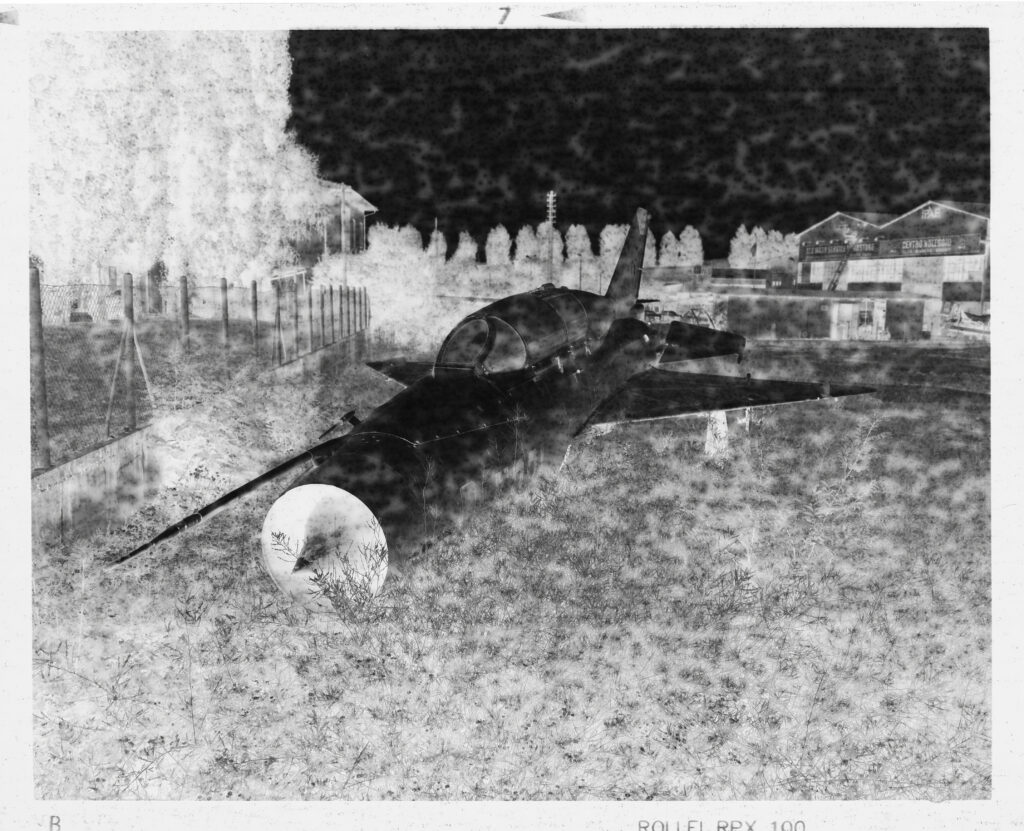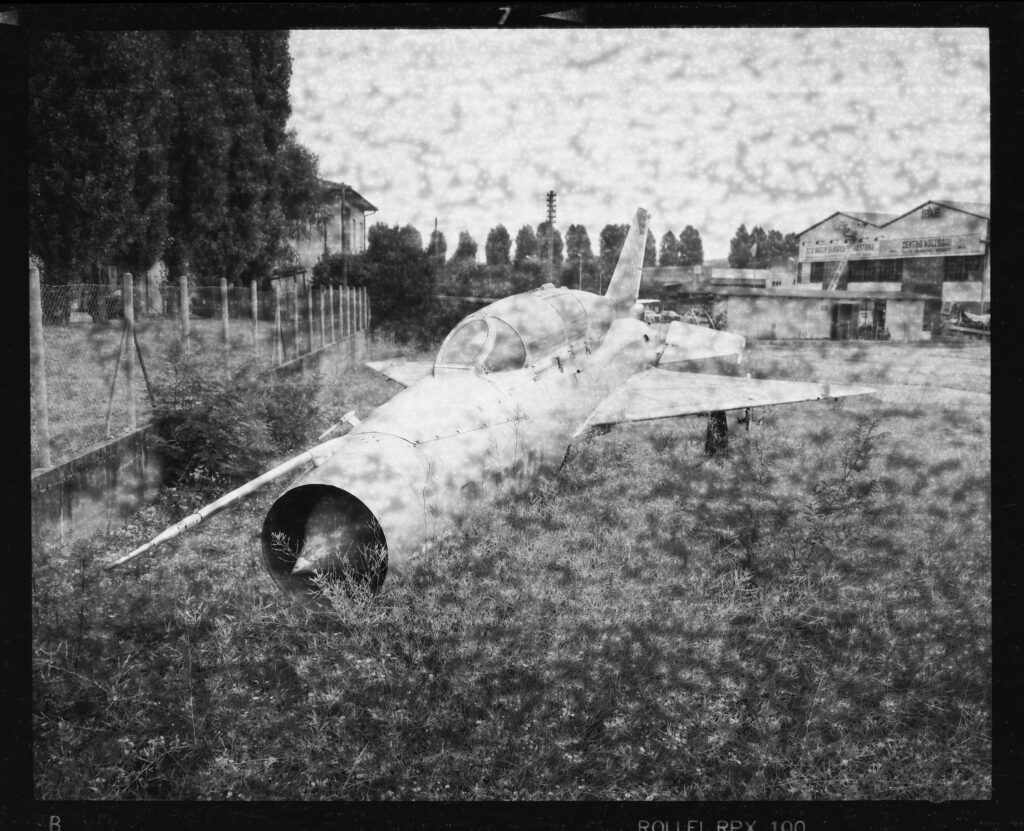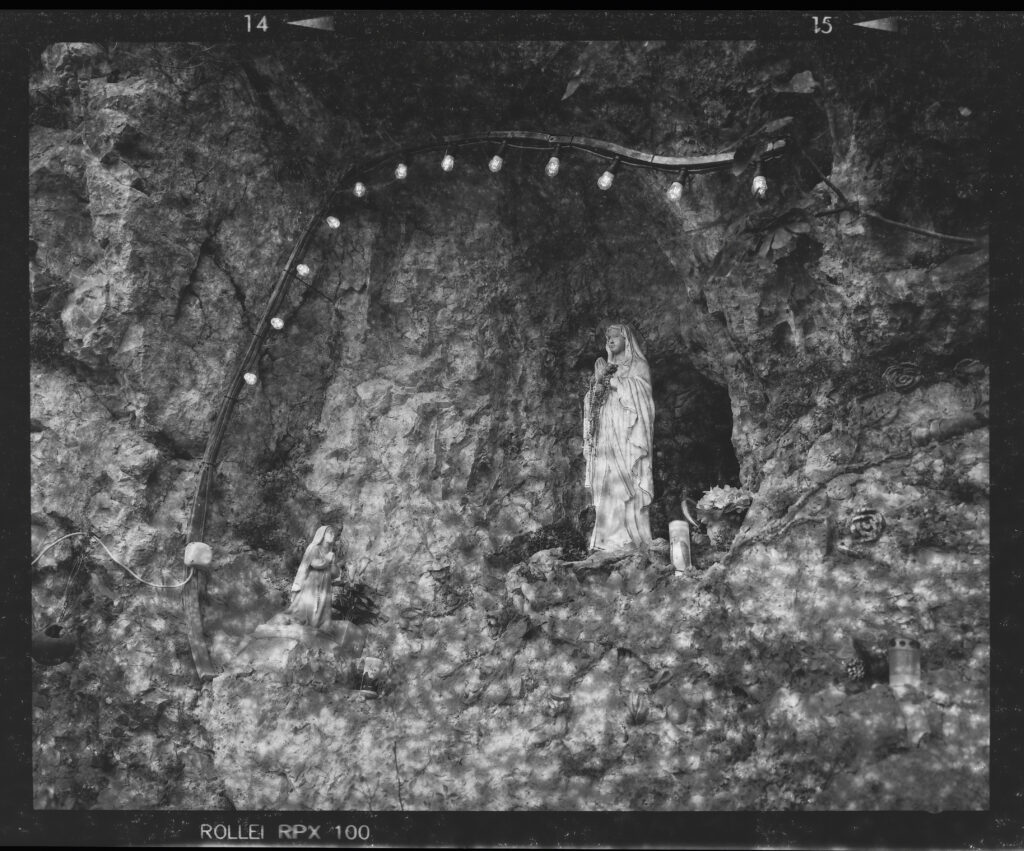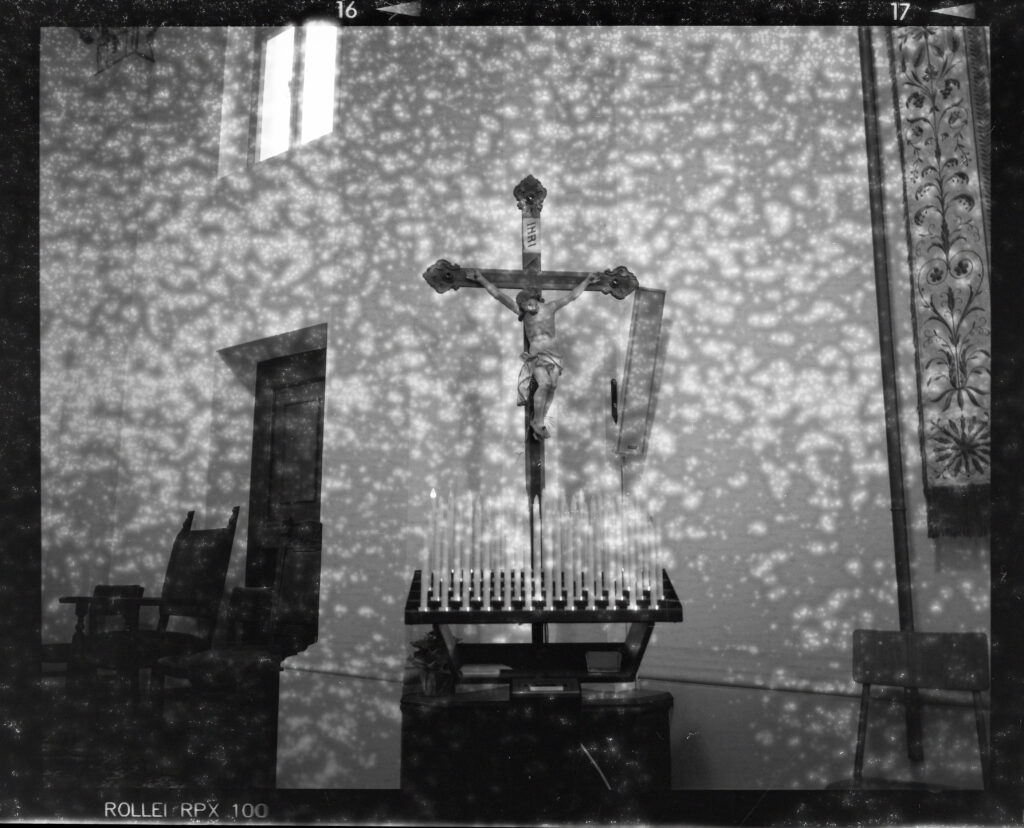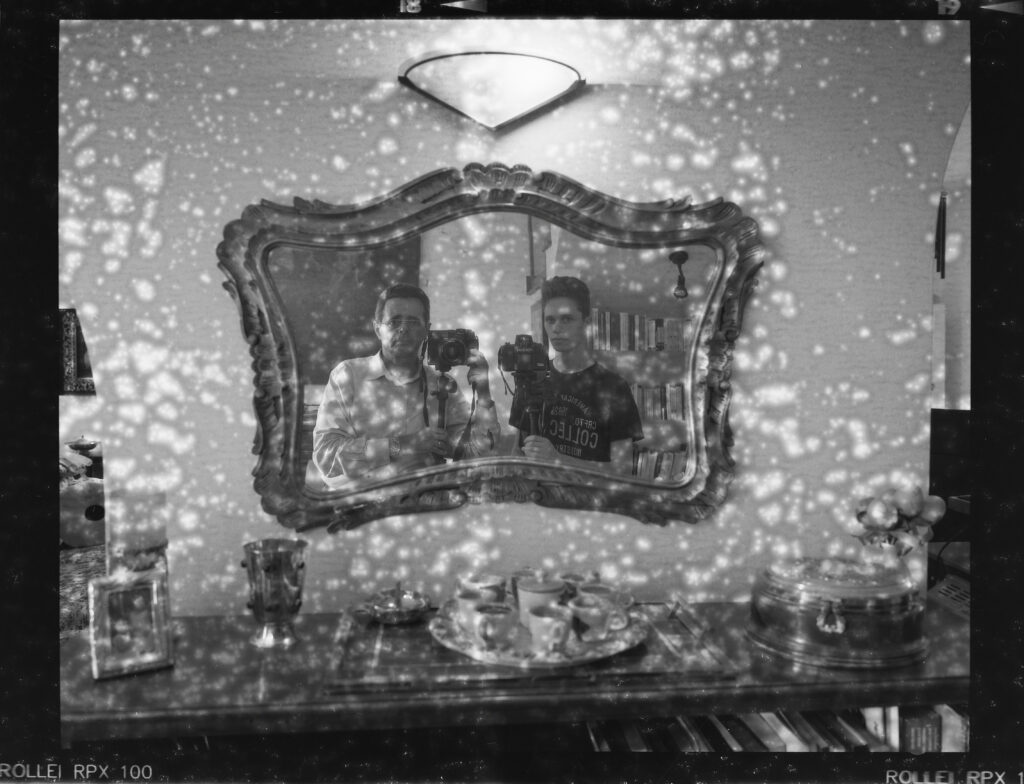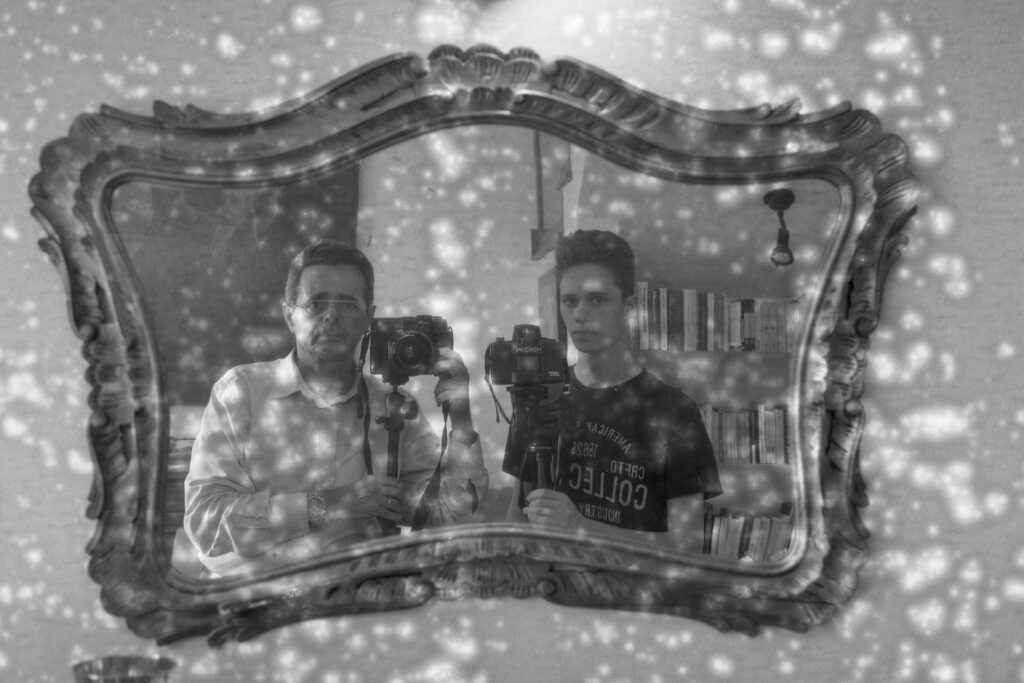Introduzione
PELLLICOLA 120 E BACKING PAPER: PROBLEMA RISOLTO?
Tra il 2019 e il 2021 ci sono stati nel mondo migliaia di casi di pellicole 120, sia bianco e nero che colore, affette dal problema del backing paper.
Il backing paper non è un problema, ma il termine con cui si identifica la carta, era da un lato, bianca con i numeri di fotogramma dall’altro, che avvolge la pellicola 120.
Il termine si trasformò in un problema quando gli utenti si ritrovarono le pellicole sviluppate disseminate da una serie infinite di punti o linee non omogenee nere su negativo, bianche in stampa, o con la stampigliatura del numero del numero del fotogramma, di nuovo nero sul negativo, bianco in stampa.
L’inchiostro con cui era stata trattata sia la parte nera del backing paper che la numerazione, trasmigrava nell’emulsione, prima dell’esposizione e dello sviluppo e rendeva in questo modo assolutamente inutilizzabili gli scatti.
Ho voluto fare chiarezza su questo problema con la rassicurazione, ormai fondata, che il problema è stato risolto da tutte le Case produttrici e su TUTTE le pellicole, sia bianco e nero che a colori.
Buona visione e buona lettura dal vostro affezionatissimo, iridescente, senescente, GERARDO BONOMO
Nascita della pellicola 120
La pellicola 120 (o rullino 120) è una popolare tipologia di pellicola fotografica introdotta dalla Kodak per la loro Brownie N. 2 nel 1901. E’ la pellicola fotografica più longeva attualmente esistente sul mercato.
Il formato 120 è un tipo di pellicola, che solitamente è largo tra i 60.7 mm e 61.7 mm. Le pellicole moderne sono approssimativamente larghe 61 mm. La pellicola è avvolta ad un rocchetto inizialmente in legno, successivamente con vari metalli ed infine in plastica. La lunghezza della pellicola è di circa 820 mm/ 850 mm, secondo lo standard ISO 732:2000. Anche se, alcune pellicole erano corte circa 760 mm.La pellicola è attaccata ad un pezzo di carta di supporto più lungo e largo. Questa carta protegge la pellicola mentre è avvolta al rocchetto con una lunghezza supplementare, tale da consentire di caricare e scaricare il rotolo alla luce del giorno senza esporre la pellicola. I 3 standard per i formati delle immagini (6×4, 6×6, 6×9) sono stampati sul questa carta.
Il fotogramma da 6×9 ha le stesse proporzioni del fotogramma da 36×24 mm delle pellicole 135. Il fotogramma 6×7 si ingrandisce a 8×10, e per questo motivo viene chiamato “formato ideale”. Il 6×4.5 invece è il fotogramma più piccolo e costoso.
I formati 6×12, 6×17 e 6×24 sono degli speciali formati prodotti per fotocamere panoramiche. Molte di queste, utilizzano obiettivi per grandi formati per semplicità di realizzazione.
I numeri sequenziali sulla parte bianca del backing paper
Prodotta all’inizio nell’infiammabilissimo nitrato di cellulosa, è stata poi prodotta – tuttora – in triacetato, che è autoestinguente e, nel caso delle pellicola Agfa Aviphot Rollei in PET.
Grazie al fatto che è prodotta da 121 anni permette ancora oggi di utilizzare fotocamera dei primi del 900.
La pellicola è interamente avvolta in una carta protettiva, nera all’interno, bianca all’esterno. Sulla parte bianca ancora oggi sono stampate sequenze di numeri per permettere ancora oggi di usare fotocamere NON ad avanzamento automatico: una finestrella posta sul dorso della fotocamera consente di volta in volta, girando a mano il rocchetto di avvolgimento, d centrare il numero di fotogramma con la finestrella.
Qui vediamo la finestrella di una Kodak Autograph 6×9 posizionata sull’ultimo fotogramma utile ( l’ottavo, essendo una 6×9 )
E vediamo anche il primo magazzino Hasselblad che sul retro monta una finestrella che attraverso una foratura che arriva fino al backing paper, permette di allineare il primo fotogramma, quelli successivi si allineano automaticamente
120 grandezze immagini
|
Nome |
Proporzione |
misura (mm) |
Esposizioni |
|
|
120 |
220 |
|||
|
6 × 4.5 |
1.35:1 |
56 × 41.5[2] |
15 – 16 |
30 – 32 |
|
6 × 6 |
1:1 |
56 × 56 |
12 – 13 |
24 – 27 |
|
6 × 7 |
1.20:1 |
56 × 67 |
10 |
21 |
|
6 × 8 |
1.37:1 |
56 × 77 |
9 |
19 |
|
6 × 9 |
1.50:1 |
56 × 84 |
8 |
18 |
|
6 × 12 |
2.1:1 |
56 × 118 |
6 |
12 |
|
6 × 17 |
3:1 |
56 × 168 |
4 |
9 |
|
6 × 24 |
4:1 |
56 × 224 |
3 |
6 |
Dal 120 al 135
Per avere un’idea della longevità del 120 basti pensare che la pellicola 135 fu introdotta per uso cinematografico nel 1909
Dopo l’avvento di Leica, germinata prima della Grande Guerra ma messa in commercio durante la Fiera di Pimavera di Lipsia nel 1925, bisogna aspettare fino al 1934 perchè Kodak cominci a produrre la pellicola cinematografica in rullo fotografico da 66 pose. Fino a quell’anno chi aveva una fotocamera 135 doveva bobinarsi da sè la pellicola
A differenza del 135, la pellicola 120, essendo completamente avvolta nella carta, non “striscia” sul pressapellicole, nè deve entrare o uscire dal rullino, con il remotissimo rischio di graffiarsi. La possiamo considerare la pellicola ideale, così come possiamo considerare ideale il formato 120 come area utile – Barnack progettò il formato 24x36mm per garantire stampe in un formato massimo di 19×15 cm, la pellicola 120 in formato 6×6 ha una superficie del 350% superiore al formato 24×36 permettendo maggiori ingrandimenti, maggiori possibilità di taglio in stampa ma soprattutto una maggiore gamma tonale, a parità di emulsione.
La pellicola 120, come abbiamo visto, può essere impressionata in fotogrammi che vanno del 6×4,5 fino al 6×18 cm, un’adattabilità impressionante.
La pellicola naturalmente è ancora in produzione, sia in formato bn che colore
La dolentissima nota del backing paper
Alcuni anni fa, in modo assolutamente random, a prescindere dall’emulsione e dalla casa fabbricante, iniziarono a comparire delle pellicola 120 che una volta sviluppate potevano avere i seguenti difetti
1) una quantità quasi infinita di macchie nere visibilissime in stampa
2) l’immagine del numero del fotogramma indovato nell’emulsione e visibile, sempre in bianco sulla stampa finale.
Perchè succede
La parte della pellicola ricoperta dallo strato antihalo è a contatto con il backing paper – carta inchiostrata di nero – per tutta la sua lunghezza
La parte della pellicola ricoperta dalla emulsione è a contatto con la parte bianca della carta dove sono stampati i numeri progressivi dei fotogrammi.
Quando succede
1)
In alcuni lotti di pellicola che non sono stati inchiostrati correttamente:
nel negativo sviluppato potremo osservare un numero quasi infinito di macchie nere sull’emulsione che una volta stampate risulteranno bianche
nel negativo sviluppato compariranno sempre in nero i simboli dei numeri di progressione della pellicola
2) se la pellicola viene esposta e sviluppata dopo diversi mesi o anni, per motivi vari si potrò assistere allo stesso problema
Le risposte dei fabbricanti
Kodak
IMPORTANT INFORMATION FOR USERS OF 120 FORMAT KODAK PROFESSIONAL FILMS- PLEASE READ
As many readers are likely aware, I have used Kodak Professional film continuously for more than four decades. Over the years I have found Kodak film to be of the highest possible quality and consistency. However, anomalies can occur from time to time. There have been recent reports that appear to be associated with certain batches of 120 format Kodak Professional film.
The problem can easily be seen in the photograph below recently made by William Wetmore. I appreciate William allowing me to share this example with readers. You will notice the word Kodak clearly appears in the sky, along with frame number ’13’ multiple times. I first became aware of this situation a few months ago when a former workshop participant brought some online discussions on this topic to my attention. Unfortunately, as time has passed, I have encountered a number of students, colleagues, and friends who have experienced this exact problem.
I have spoken at length with Thomas J. Mooney, Film Capture Business Manager at Kodak Alaris about this phenomenon. He told me “Kodak Alaris has had a limited number of inquiries for similar problems, and that the affected film may have seen some abnormal keeping after it left the factory (e.g. sat in a truck over a hot weekend, etc.). That said, we are taking this issue very seriously and have recently made modifications to the backing paper which we believe should minimize the potential for this type of blemish going forward.”
Mr. Mooney has supplied me with the emulsion numbers – which I have listed below – where this latent image print issue could potentially be seen.
If you purchase new film you should make sure that the emulsion number, printed on the box as well as the individual foil packages, is higher than the suspect emulsion numbers listed below. All photographers can imagine the disappointment and frustration any of us would feel if this happened to any of our negatives. Please pass this important news on to your photographic friends.
Emulsion numbers that may exhibit the above problem only in Kodak 120 format roll film:
(Emulsion numbers can be found on the film box, the foil wrapper, and printed on the clear edge of processed film near frame number 11.
Kodak T-Max 400
Emulsion 0148 004 through 0152
Kodak T-Max 100
Emulsion 0961 through 0981
Kodak Tri-X
Emulsion 0871 though 0931
Ilford
Over the last couple of months, we have noticed an increased number of customers posting their concerns on forums and social media channels relating to our 120 roll films in which spots / mottle have appeared on the negatives.
We pride ourselves on our high quality and consistent production and want to assure you that this issue is being fully investigated as a matter of priority. We appreciate this will be of little comfort to those who have experienced the issue and for that we offer our sincerest apologies.
Over the last 18 months, to the end of February 2020, direct complaints submitted to us relating to spots / mottle account for less than 1.5 complaints for every 10,000 rolls of 120 film we have produced. These have also been seen primarily, but not exclusively, in our slower speed films such as PAN F.
However, we appreciate that there are photographers out there who may have experienced this and have not contacted us. In order to build up an accurate understanding of how and why this is happening, and tackle this as quickly as possible, we request that anyone who has experienced this issue to contact us directly using this form: www.ilfordphoto.com/product-feedback
We will be replacing any film that is shown to have been affected and communicated to us through this route. Note: we will require your address, as much detail about the film as possible and an image of the affected negative showing the 4-digit code on the edge signing.
Investigations are already underway and early findings show that the issue is significantly influenced by external factors such as humidity, temperature and film age. To minimise the risk of any issues we always advise the following:
- Storage: Our films should be stored below 20C / 68F as shown on the bottom of each box. It is important to avoid extreme high temperatures, humidity or fluctuating temperatures.
- Time: All films have an expiry date which is also printed on the bottom of each box at the time of manufacture. We recommend processing before that date and as soon as possible after shooting.
While we continue our investigations, we are reviewing our humidity controls in manufacturing and are working with our supply chain (channels to market) to ensure the films reach you in the best possible condition. With that in mind, we also recommend purchasing from trusted retailers.
Please note that this does not affect our 135 (35mm) or sheet film products.
In March 2020 we issued a statement in relation to instances of spots / mottle affecting a small percentage of 120 roll film negatives.
The quality of our products and the satisfaction of our customers is paramount and something the ILFORD name has been built on for over 140 years. Our R&D team were tasked with resolving this issue and so we would like to update you as to what they have been up to.
With your help we have been able to more accurately track and identify instances of spots / mottle on our 120 films. Your feedback (via www.ilfordphoto.com/product-feedback) has, and continues to be, a great help in enabling us to build a better understanding of the issue and, more importantly, has allowed us to put in place a range of corrective actions over the last two years.
Many of these actions focus on the handling of our 120 films as the problem often arose or was exacerbated by heat, humidity and film age. These have included additional production environment controls in manufacturing and advisories for our global distribution network for shipping and storage. We have also implemented a number of important changes to make the films more robust as well as refinements to our wrapper production coating and substrates.
All of these incremental changes were successfully phased into our operations with each requiring a period of in-depth testing.
We are pleased to say that as a result we have continued to see significant improvements in the stability of our 120 films in our extreme testing conditions and no detrimental impact on their performance or characteristics. We therefore expect the number of instances of spots/mottle to further reduce as the films continue to work their way through our worldwide supply chain.
It is worth noting that with all films, but in particular roll films, issues may occur due to extremes of humidity, heat and age. We would therefore like to take this opportunity to share the best ways to care for your films:
STORAGE
All of our films, regardless of format, should be stored below 20 oC / 68 oF as shown on the bottom of each box. It is important to avoid extreme high temperatures, humidity, or fluctuating temperatures.
TIME
All films have an expiry date which is printed on the bottom of each box at the time of manufacture. We recommend processing before that date and as soon as possible after shooting. Shooting expired or 2nd hand film always carries a much greater degree of risk.
Finally, we want to reiterate our gratitude for your ongoing support and patience, and continued trust in ILFORD products as we have worked through this issue. In particular, we would like to offer our sincere thanks to anyone who has contacted us using our feedback form – please continue to do so as this enables us to replace any impacted films.
Q&A
WHY HAVE YOU WAITED UNTIL NOW TO UPDATE US?
Each incremental change we make requires a series of extensive tests which attempt to recreate or replicate the issue. As the problem is rare and not specific to a film or batch, real world testing is not feasible. As such, each change undergoes multiple accelerated aging tests as well as exposure to extreme heat / humidity to try and ‘force’ the issue to appear as well as tests to ensure that the product and its characteristics are not impacted. Each test take time to prepare, conduct and analyse.
We started our investigation shortly before the COVID-19 pandemic began here in the UK. At which point we had no idea the impact it would have on all of our lives or how we work. Unfortunately, but unsurprisingly, this has had a knock-on effect on our progress due to additional safety measures and working practices on site to protect our staff.
DOES THIS AFFECT ALL YOUR FILMS?
This issue is only relevant to 120 roll film and does not impact any of our 135 (35mm) or sheet film products.
The issue of spots / mottle on 120 film negatives is still rare and has primarily, but not exclusively, been seen in our slower speed films such as PAN F and FP4. The degree of the issue varies significantly and is also not linked to specific batches of film.
Again, while not exclusively, it also more prevalent in films close to or past their expiry date. We have also seen more cases in hotter / humid climates than colder ones.
IS THE PROBLEM FIXED?
Mottle on film, while very rare, can happen due to factors such as heat, humidity and age. Therefore there is a risk it could present itself in expired or poorly stored film, regardless of manufacturer.
The last 24 months has seen a higher than usual level of complaints which is far from acceptable to us and you, our customers.
We believe the combination of the changes we have been making over this period will counteract this and greatly reduce instances of mottle, particularly with proper care and storage of the film.
That said our feedback form will remain open and our investigation will continue as we constantly look for ways to improve all aspects of how we make our products. It is worth noting that any future changes we make to how products are manufactured would again be incrementally introduced and would have no impact on the way you use them or their performance.
WHY ARE WE SEEING THIS ISSUE NOW AND NOT IN PREVIOUS YEARS?
We have been producing 120 films for many years and are one of only a few manufacturers around the world that retain the capability to do so on a large-scale volume. 120 film is traditionally a more temperamental product to manufacture than its 35mm equivalent. Fundamentally it lacks the protection offered by the cassettes. And, unlike 35mm film it needs a paper backing which can ‘transact’ with the film if not properly cared for.
With that in mind we do not believe there is a specific event or change that has caused these occurrences of mottle. Instead, several factors could have contributed to this, both during the manufacture process but also where and how film is bought, sold, stored, and used.
Soluzione
Il problema del backing paper è stato risolto da tutte le case.
Accertarsi di acquistare pellicole di ultima generazione, purtroppo non vale la data di scadenza, che potrebbe definire una scadenza di anni a venire rispetto alla data di produzione.
Non utilizzare pellicole 120 acquistate intorno al 2020.
Suggerisco di acquistare le pellicole da negozianti – possibilmente italiani – . Potete chiedere al negoziante se le pellicole gli sono appena state rifornite. Le pellicole 120 sono confezionate in pacchi da 10. La cosa più opportuna è acquistare un intero pacco, aconra cellopahnato, usare la prima pellicola per uno shooting ripetibile. Se la prima pellicola non presenta il problema del backing paper avete quasi il 100% di certezza che anche le altre 9 pellicole ne saranno immuni perchè fanno parte dello stesso lotto della prima. Mi riferisco appunto a shooting importanti e non ripetibili, come per esempio gli scatto che vorrete realizzare durante un viaggio.
Vantaggi
Il backing paper al contempo, anche se in modo random e non consapevole può portare a immagini che possono avere un certo significato artistico: è il caso, questa volta non dipeso dal backing paper – del famoso scatto realizzato nel giugno del 1944 da Bob Capa al marine semisommerso nell’acqua. La pellicola venne rovinata dal laboratorio di campo che la lasciò nell’armadietto di essiccazione a una temperatura troppo elevata facendo sì che l’emulsione si ritraesse, donando al contempo una drammacità ancora più marcata alla scena fino a far diventare quella fotografia iconica della guerra.
Conclusioni
Ho scattato un rullo di pellicola Rollei RPX 100 nel ormai lontano luglio del 2019 e l’ho sviluppata ahimè esattamente tre anni dopo. La pellicola non poteva far parte di un lotto affetto di fabbrica dal backing paper ma il risultato è stato il medesimo. Anche se io non per la consapevolezza fotografica, devo riconoscere che quelle macchiettature random hanno donato qualcosa di efficace alle immagini.
Nel frattempo l’aereo inquadrato e la maggior parte delle location sono state smantellate e non saranno più rifotografabili.
Questo da un lato conferma la possibilità insita nella fotografia di immortalare la realtà, ma al contempo il fatto che per portare a termine correttamente le varie riproduzioni della realtà va prestata molta attenzione
Il problema del backing paper non ha contaminato nessun rullo 135 nè pellicola piana, essendo le prime semplicemente avvolte su sè stesse, le altre custodite in scatole antiluce, in alcuni cas con un foglio di velina che separa ogni pellicola piana.
Suggerimento personale: dopo aver accertato con il vostro rivenditore di di fiducia che la pellicola 120 che ha disponibile è stata stesa dopo che è stato risolto il problema del backing paper, è consigliabile acquistare le pellicole 120 non sciolte ma nelle confezioni, di solito da 10 pezzi, cellophanate in fabbrica.
Oggi molti fabbricanti hanno cambiato il tipo di backing paper, quello di ultima generazione, anzichè opaco, ha la parte nera lucida, ma per scoprirlo dovete prima esporre il rullo, svilupparlo e poi guardare la carta, oppure dissigillare un primo rullo e controllare che la parte terminale della carta quella con la scritta “unexposed” sia lucida. Altre case utilizzano ancora una backing paper opaco ma che è stato riprogettato per evitare il noto problema.
Mi sorge spontanea una domanda.
Come è possibile che i rulli 120 esposti da Vivian Maier negli anni 50 e sviluppati oltre 50 anni dopo non sono mai stati affetti da backing paper?
Buona luce.
Gerardo Bonomo
Alla prossima, quindi, e vi ringrazio per il vostro tempo e la vostra attenzione.
Il vostro affezionatissimo, iridescente, senescente, e soprattutto, monocromatico Gerardo Bonomo
I miei video e i miei articoli sono accessibile a tutti e gratuitamente. Se volete fare una donazione utilizzando PayPal, il mio indirizzo è gerardobonomo@gmail.com . Specificate DONAZIONE e il vostro indirizzo mail per permettermi di ringraziarvi. ( vi ricordo i miei corsi sulla fotografia bianco e nero, dalla ripresa alla stampa, sia one to one che via Skype. Contattatemi: gerardobonomo@gmail.com, Cell.: 3356619215 )

